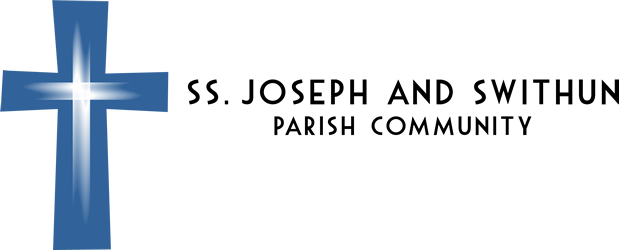By Fr TOM McHUGH
Daily we use body language to communicate. Friends and family often meet or part with a kiss or a hug. Others hold hands as they walk or wave to someone they know on the other side of the street. A handshake we use regularly in our culture.So when Jesus wishes to express his abiding love for us, he chooses to be with us in the form of Bread and Wine –His Body and Blood –‘His risen body language’.
At Communion time, we approach the altar with love and devotion and reverently stretch out both hands normally supporting the left hand with the right. As the Minister holds the Host before us, he or she says “Body of Christ”, to which we reply with faith and love, “Amen”. Likewise, with the chalice we answer “Amen” to the words “Blood of Christ”.
This is a moment of deep encounter with Jesus our Risen Lord. So the procession from our seat, the actual receiving of the sacrament and the return to our seat and what we do during the time that immediately follows, are all intended to heighten our awareness of our deep intimate communion with Christ and with our brothers and sisters, too. The quality of our attentive presence to ourselves and our body language to Jesus and to those gathered with us is very important. Full, active and conscious participation in receiving Holy Communion, the level of our faith, love and devotion, become evident in our body language. Our inner recollection will be manifest in our silent prayer and faith-filled singing.
Mahatma Gandi who was a Hindu said: “If I believed what you say you believe about the presence of Jesus in the Eucharist, I would crawl on my hands and knees to the altar to receive Him.”
We can help one another to grow in faith and love for Jesus in the Eucharist by the quality of our participation in receiving the Sacrament of Holy Communion.
